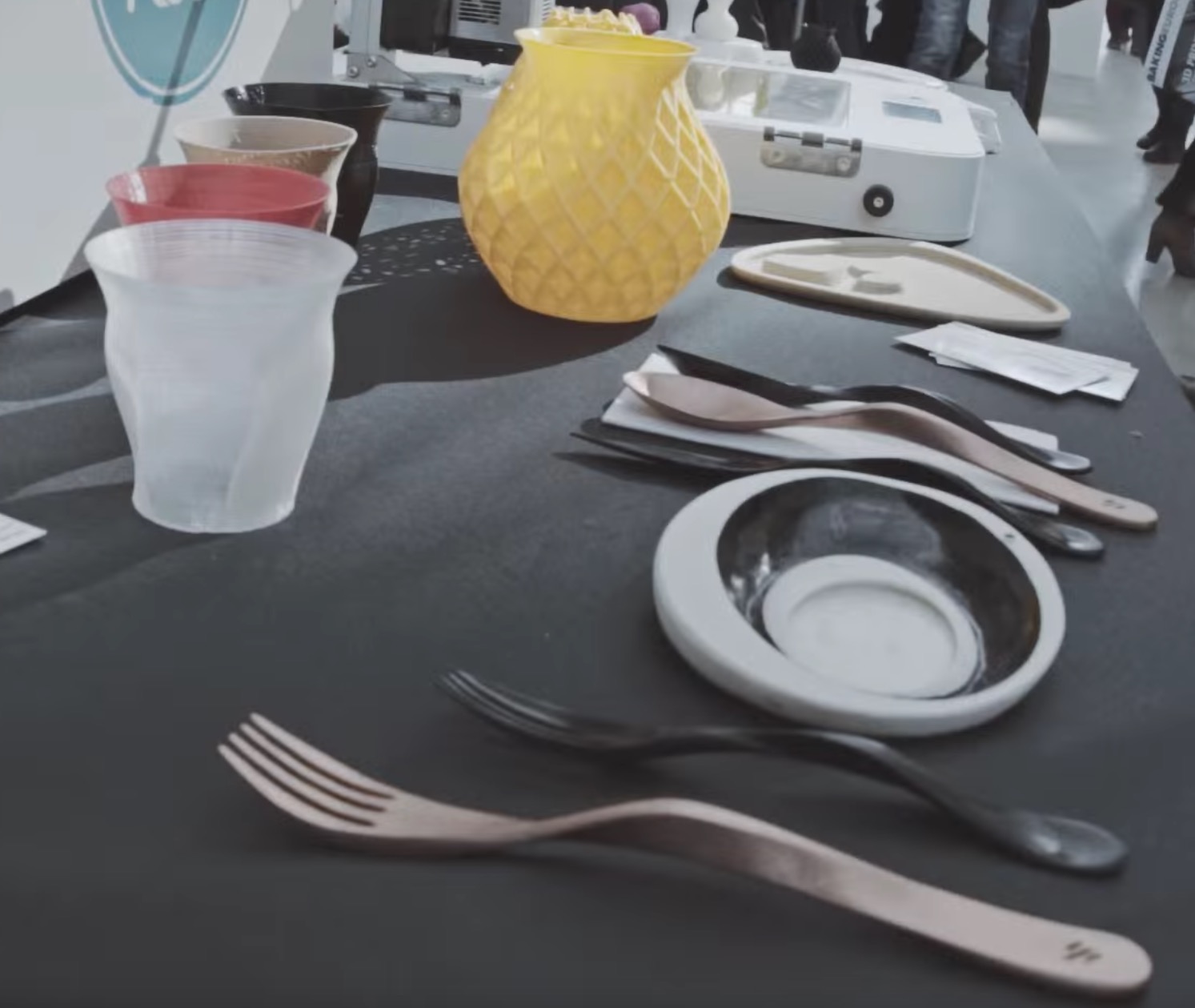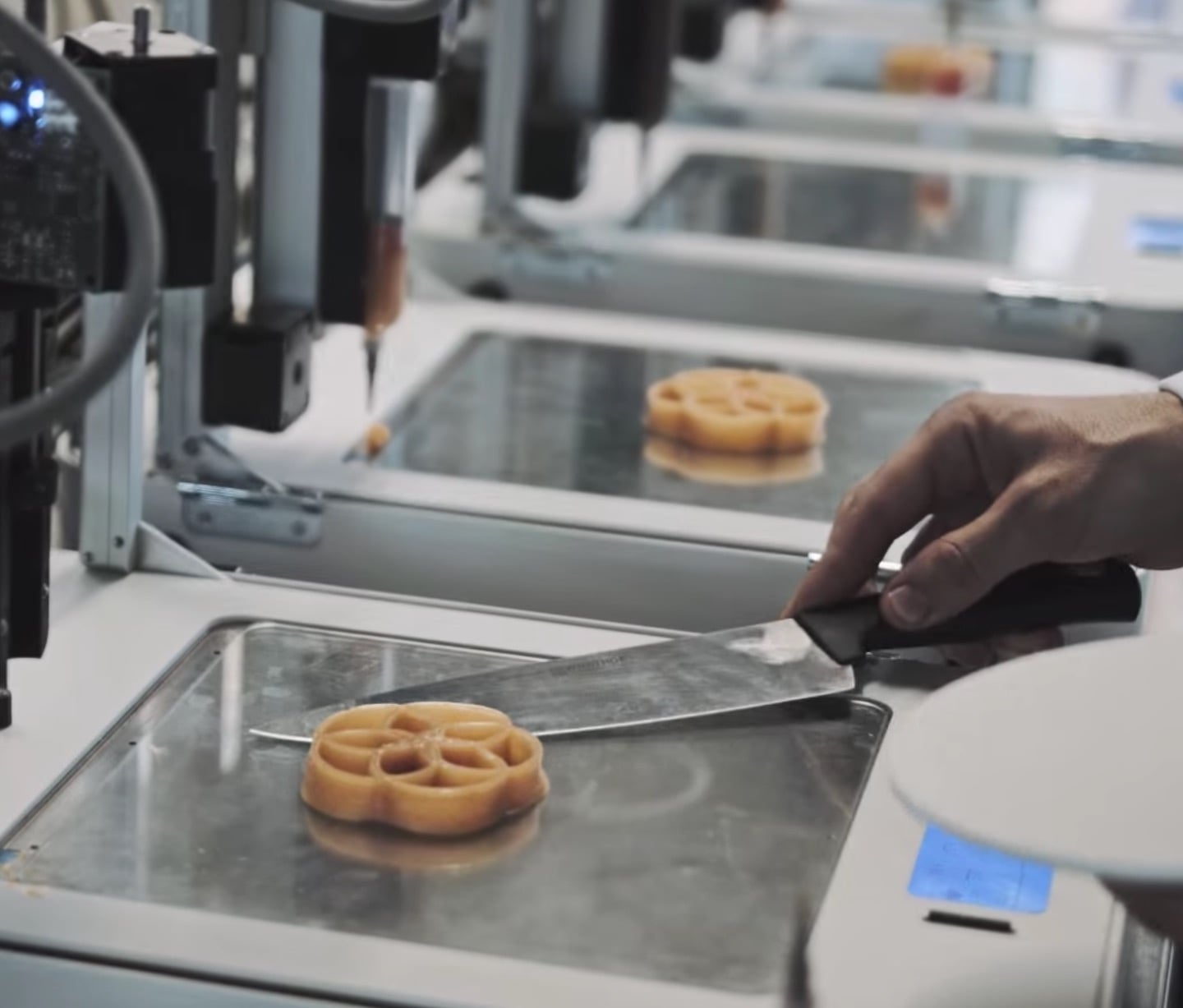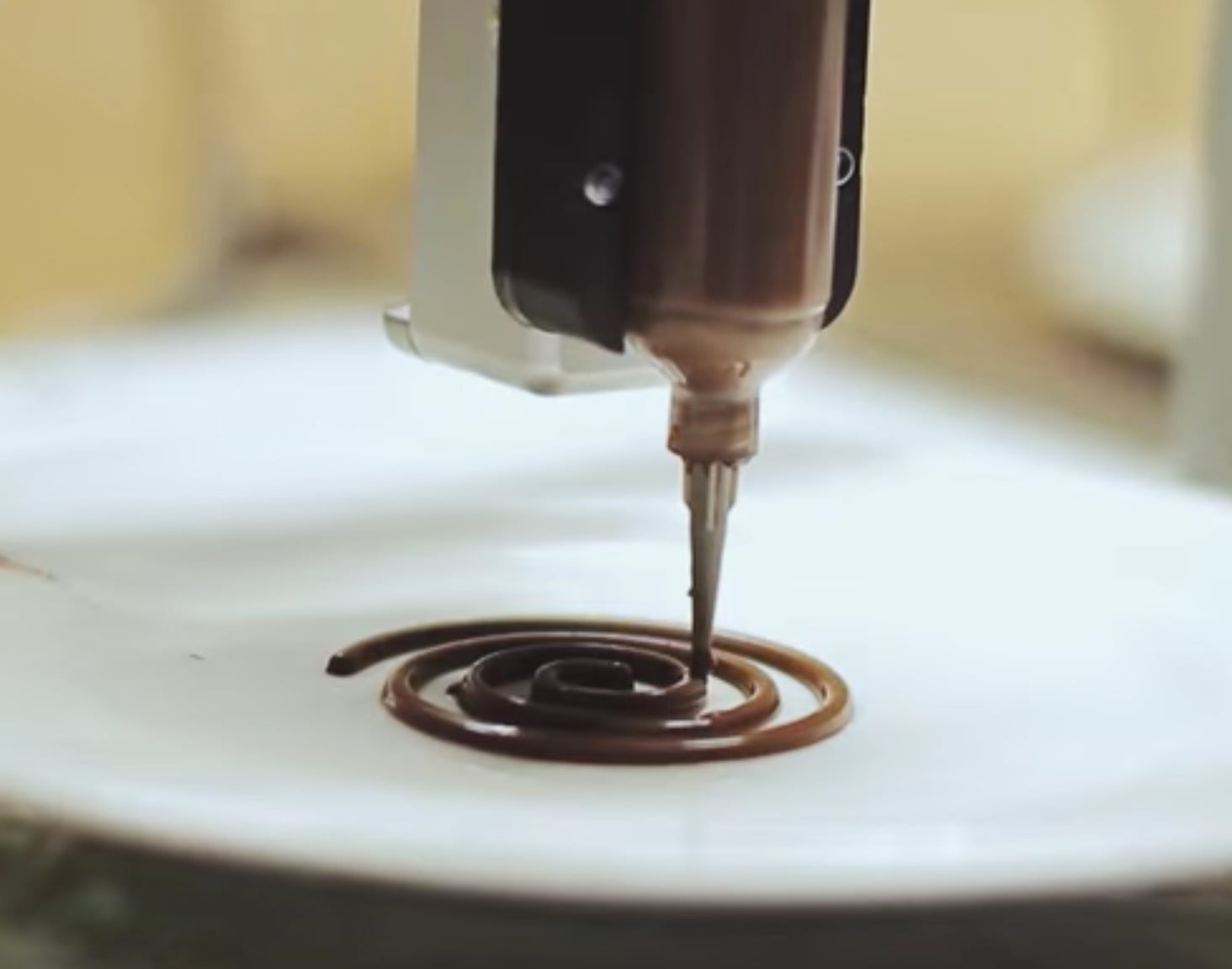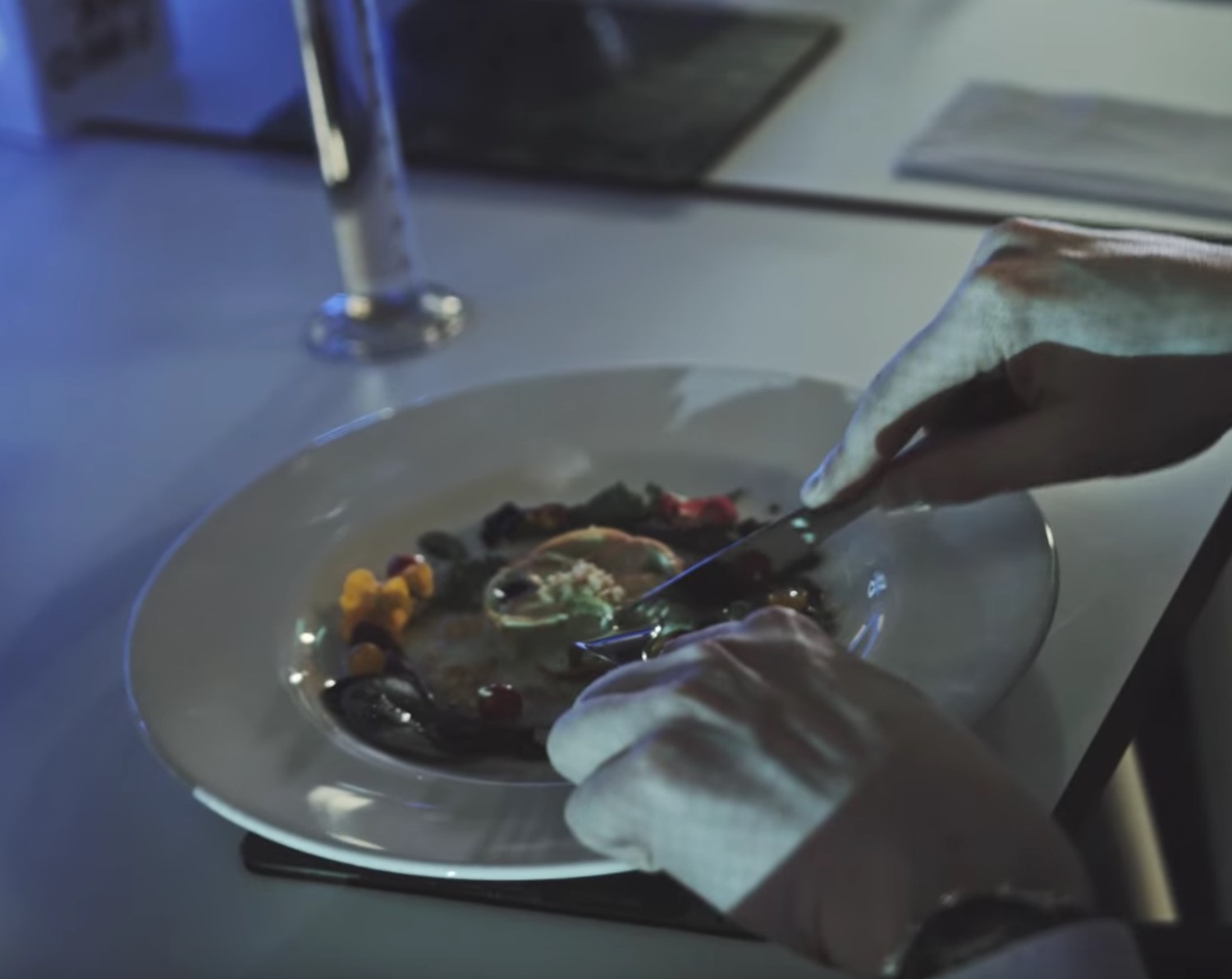
Food Ink, a London-based pop-up restaurant project, is attempting something very challenging: a service produced entirely by 3D printing technology.
The food, utensils and even furniture will be 3D printed.
Yes, this is now technically possible, but just because you can do it doesn’t mean it will be successful.
For the experience, London pop-up patrons will pay the huge amount of £250 (USD$330) for the privilege of eating in the facility. However, they’ll be literally eating extruded food with plastic utensils.

I’m certain the Food Ink folks will provide a fun experience, adding as much pomp and circumstance as is possible given the constraints of the concept, but there are a number of challenges.
I’ve always been suspicious of 3D printed food for a number of reasons.
Safety: Food produced by machines must be safe for humans to consume. This means that the entire chain of activity from sourced raw food through the machine to the table must involve food safe components and processes. This is perhaps the easiest obstacle to overcome for any 3D food operation. I’m certain that Food Ink has done this.

Quality: The production of quality food requires precise attention to temperatures, timings, raw material sources and preparation techniques. All of these eternal cooking disciplines may be compromised to some degree when you push the process through a 3D printer. As a result, it may not be surprising if the food doesn’t taste quite the same as you may expect.
Customizability: 3D printers are made to produce custom objects, even one-by-one for individuals. That is its power and potential. However, in every 3D printed food operation I’ve witnessed, identical items are printed for patrons. What’s the point of doing this, because identical items may be prepared as efficiently (or more so) by chefs. I’d like to see each dish individually customized for eaters, and that requires new inputs from patrons. I don’t believe Food Ink is attempting anything like this, although they may change the 3D models from day to day – but so do regular restaurants.

Speed: 3D printing is annoying slow to produce mechanical objects, but transfer that delay to an eating situation and it could be horrifying. No one wants to wait for hours for a food item to be produced. Thus, food restaurants must choose between three options: Print the food in advance slowly, which may compromise its freshness, Print the food more quickly in very coarse layers, which compromises its design, or Print very small, even 2D flat pieces, which really isn’t 3D printing at all.

Constraints: Food is an experience involving multiple ingredients combined in ways to create new flavors. In a 3D printing environment, the number of materials possible will be very limited, thus compromising the chef’s ability to develop unique tastes. This can be overcome by combining a 3D printed item with other conventional food components: adding sauce to a 3D printed dough structure, for example, or sprinkling kale shavings on top. But those are not 3D printing.
It seems to me that this pop-up restaurant is an experimental stunt designed to attract the curious. Could this be a long-term thing? I think not, as the thrill of crude 3D printed food may wear off quickly.
It may be that they’re attempting to capitalize on the discovery of 3D printing by the general public, some of whom are still curious to find out more about the mysterious technology. But the peak of interest from that group was in 2014, and it has significantly diminished today.
Perhaps that’s why this is a temporary pop-up instead of a full-time permanent restaurant. The event takes place July 25-27 in London, with intentions on repeating the experience in multiple other cities worldwide later.
Via Food Ink

